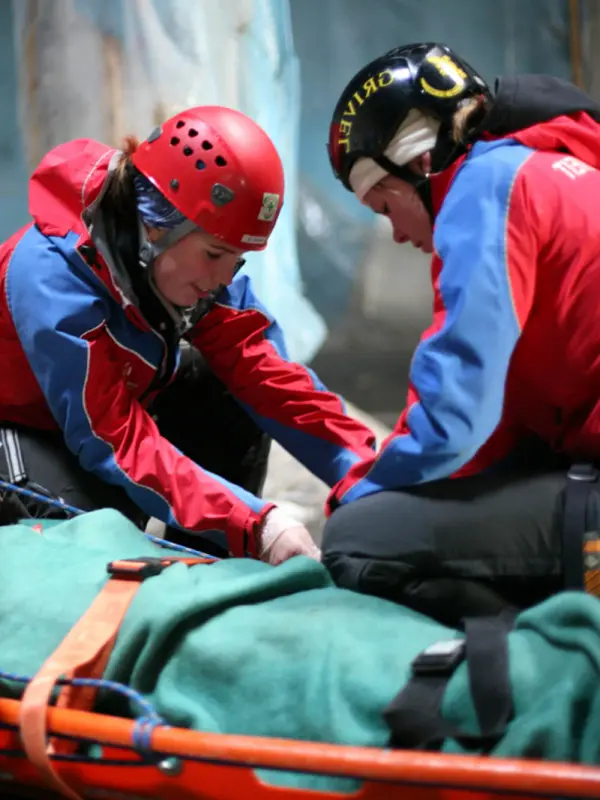A WFR Comes in Handy… Even on a Buddhist retreat.
Using My WFR on a Buddhist Retreat
I recently attended a Buddhist retreat in the mountains of eastern Spain and wasn’t expecting to use my WMA Wilderness First Responder training. The retreat center was high in the mountains and quite remote- 5 miles on a single track to the nearest village. Great views, so quiet, away from civilization. Lovely, until.
One afternoon I went for a hike with two other women. We didn’t have a map or a clear understanding of where we were going other than, follow the path, then look for a side trail that leads to the top of the limestone cliff. We couldn’t find the side trail started bushwhacking up a rather steep slope.
I HATE bushwhacking, but went along. However, when we started up the steepest rock face I’d ever climbed without a rope, I stopped and encouraged the others to do so also. Prevention, prevention, prevention! I couldn’t imagine the nightmare a rescue would be from such a steep slope.
One in our party stopped, but the other one would not. She is a 60+ year old woman with little hiking experience. I felt so powerless to stop her. It was interesting to watch my emotions escalate while waiting. She was putting herself, the two of us, and the entire retreat of 17 women at considerable risk. Luckily she descended and we all returned without a scratch.
The second incident occurred when we awoke to a foot of snow! We were now in a real wilderness situation: remote, without proper medical equipment and in a hostile environment. I couldn’t believe my eyes when I saw two women (yes, one was my friend from the previous day!) start walking to the shrine room for morning meditation. The five minute walk was an easy path, except for the middle part which I named, the Hillary Steps. Beneath this tricky part was a precipitous ravine. I called them to come back, which thank heavens they did.
I immediately talked to the leader of the retreat and explained that I was a certified WFR and we were now in wilderness conditions and needed to make some rules and decisions regarding safety. Again, I thought of the complexity of a rescue from that setting prevention, prevention, prevention! I was able to convince the leadership team that the risks were not worth the benefit and we banned walking on ANY trails, no solo walks on the track, and a group evacuation the following day.
This experience is an interesting case study of what can happen when people mean well, but are unaware of potential risks, and don’t know the serious implications of a remote rescue. Safety and prevention are key!
Akashavanda
